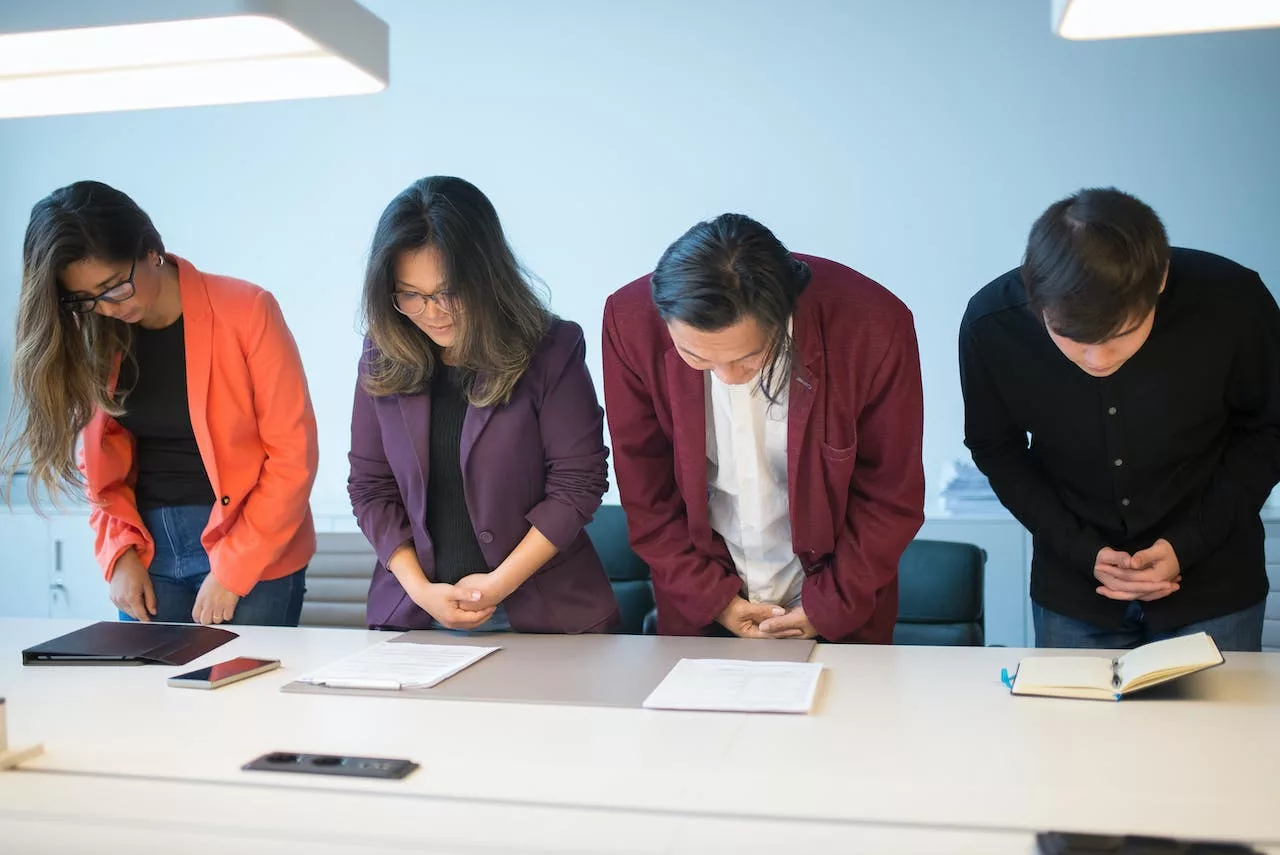The Psychology of First Impressions
First impressions are powerful and lasting. Whether it’s a job interview, a first date, or a casual meeting at a social gathering, the initial moments of an interaction set the tone for the relationship. The psychology behind first impressions is a fascinating study of human behavior, perception, and social dynamics. Understanding how first impressions are formed and why they matter can help you navigate social and professional settings more effectively.
The Science Behind First Impressions
First impressions are formed within the first seven seconds of meeting someone. This rapid judgment is a survival mechanism deeply rooted in our evolutionary history. Our brains are wired to quickly assess whether a person is a friend or foe, which could mean the difference between life and death in ancient times. Today, this instinct helps us navigate complex social environments.
The Role of Non-Verbal Cues
Non-verbal communication plays a significant role in forming first impressions. According to Dr. Albert Mehrabian, a pioneer in body language research, 93% of communication is non-verbal. This includes facial expressions, body language, eye contact, and even the tone of voice. For instance, a firm handshake combined with good posture can convey confidence and competence, while avoiding eye contact might be interpreted as a lack of trustworthiness.
The Halo Effect
The “Halo Effect” is a cognitive bias where our overall impression of a person influences how we feel and think about their character. If someone is physically attractive or well-dressed, we are more likely to perceive them as kind, intelligent, and capable. This bias can work in your favor or against you, depending on the initial impression you make.
Factors Influencing First Impressions
Several factors contribute to the formation of first impressions. Understanding these elements can help you present yourself in the best possible light.
Appearance
Your appearance is the first thing people notice, and it can significantly impact their perception of you. Dressing appropriately for the occasion, maintaining good hygiene, and presenting yourself in a neat and organized manner can positively influence how others perceive you.
Body Language
Your body language can communicate a lot about your personality and intentions. Open body language, such as uncrossed arms and a forward lean, can make you appear more approachable and engaged. On the other hand, closed body language, like crossed arms and averted eyes, can create a barrier between you and the other person.
Verbal Communication
While non-verbal cues are crucial, what you say and how you say it also matter. Being articulate, using positive language, and showing genuine interest in the other person can leave a lasting positive impression. Avoiding filler words and speaking clearly can also enhance your perceived competence.
Context
The context in which you meet someone can also influence their first impression of you. For example, meeting someone at a formal event versus a casual gathering can lead to different perceptions. Being mindful of the setting and adjusting your behavior accordingly can help you make a better impression.
Strategies to Make a Positive First Impression
Making a positive first impression is not just about looking good; it’s about being authentic and engaging. Here are some practical strategies to help you make a lasting impression:
Be Punctual
Arriving on time shows that you value the other person’s time and are reliable. Being late can create a negative impression and suggests a lack of respect and organization. Learn more about the importance of punctuality and how it impacts first impressions.
Show Genuine Interest
People appreciate when you show genuine interest in them. Ask open-ended questions, listen actively, and engage in meaningful conversations. This not only helps build rapport but also shows that you are considerate and empathetic. Discover how empathy can enhance your interactions.
Maintain Eye Contact
Maintaining eye contact conveys confidence and sincerity. It helps establish a connection and makes the other person feel valued. However, be mindful not to stare, as it can be perceived as intimidating. Effective communication skills are crucial in making a positive first impression.
Smile
A genuine smile can go a long way in creating a positive impression. It signals friendliness, warmth, and approachability. Smiling can also make you feel more relaxed and confident. Learn about the role of positivity in forming lasting impressions.
Conclusion: The Impact of First Impressions
First impressions are incredibly powerful and can shape the course of a relationship. By understanding the psychology behind them and being mindful of the factors that influence them, you can navigate social and professional interactions more effectively. Remember, while first impressions are important, they are not set in stone. It is possible to change someone’s perception of you over time, but it takes effort and consistency.
In summary, the key takeaways for making a positive first impression include paying attention to non-verbal cues, being punctual, showing genuine interest, maintaining eye contact, and smiling. By incorporating these strategies, you can create a lasting positive impression and build meaningful connections.
Understanding the psychology of first impressions can give you a significant advantage in both personal and professional settings. So the next time you meet someone new, remember that those first few seconds matter more than you might think.

